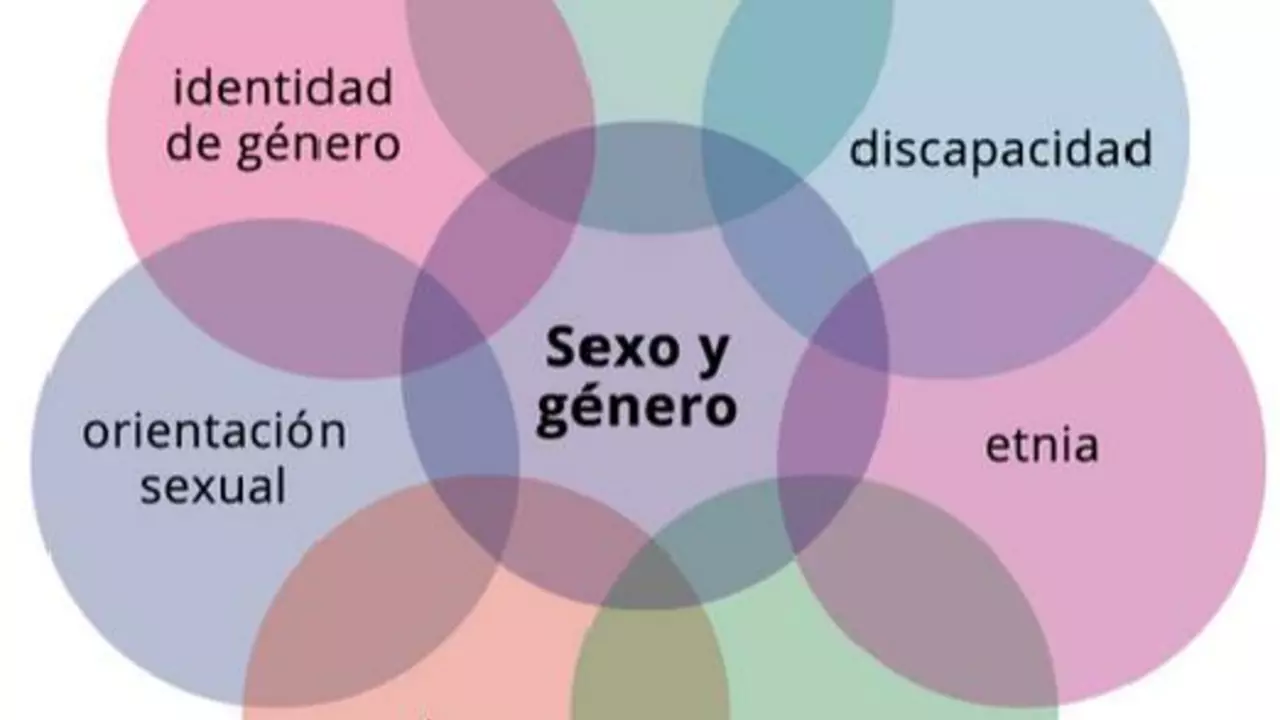Media bias: how to spot it and read smarter
Seeing a headline that makes you angry or thrilled? That emotion is often the first clue of media bias. Media bias means reporting that leans one way - through word choice, story selection, images, or what's left out. It doesn't always mean deliberate lying; more often it means choices that shape the story's angle.
Start by checking the headline and the lead. Headlines are designed to grab attention and can exaggerate facts. Read past the first few lines to find the who, what, when, where, and why. If those basics are missing or buried, beware.
Look for balance in sources. A fair piece usually quotes people from different sides or shows data that supports multiple views. If every source backs the same opinion, the article might be echoing an agenda rather than reporting facts.
Watch for loaded language. Words like "shocking", "scandal", or "terrible" push you toward emotion. Neutral reporting sticks to clear descriptions: what happened, who said what, and what evidence exists. Spotting charged words helps you separate facts from spin.
Consider what's not covered. Omission is a subtle form of bias. Two outlets can report the same event but highlight different details. One might focus on policy while another highlights protester emotions. Ask: what angles are missing here?
Quick checks you can do in minutes
Open another source on the same topic. If headlines and facts match, the coverage is probably solid. Check a reputable fact-check site for claims that seem extreme. Look at the author and the outlet's editorial leaning - knowing a source's perspective helps you read with the right lens.
Check images and captions. Photos create context and emotion. A crowd shot can make a protest look massive or tiny depending on the crop. Captions sometimes add opinions dressed as facts - don't skip them.
When media bias matters most
Bias shapes public opinion on politics, law, and health. For example, coverage of court rulings or elections can change how people perceive institutions. Entertainment pieces and listicles can push trends by who they spotlight. Knowing bias helps you decide what to trust and how to respond.
Want a simple habit? Pause before sharing. Read the full story, check one more source, and ask what the outlet gains by reporting this way. That three-step pause cuts down on spreading skewed information.
Look at trending coverage over time. A single article might be weak, but repeated framing across months shows a pattern. Tracking how stories evolve helps you spot long-term bias.
Use your local knowledge. If a report about your city feels off, compare it to local voices and community reporting. Locals often catch missing details that national outlets overlook.
On this tag page you'll find articles that touch on media bias - from election takes to stories about food, culture, and law. Use these tips to read them smarter. The goal isn't to be cynical but to be clearer about what you trust and why. Ask questions and keep learning as you read daily too.

Do you think Times of India is sexist?
In my recent exploration, I've been pondering over whether the Times of India exhibits sexist tendencies. There are arguments that TOI, India's largest circulated English daily, often portrays women in a stereotypical or objectified way. On the other hand, the newspaper also has sections dedicated to women empowerment and gender equality. This presents a conflicting image, making it difficult to definitively label the publication as sexist. I believe the conversation requires a more in-depth analysis of the newspaper's content, context and intent.